Indian People Should Follow This Village, Building Their Own Wi-Fi For Internet Access
Dhir Acharya - Mar 31, 2019
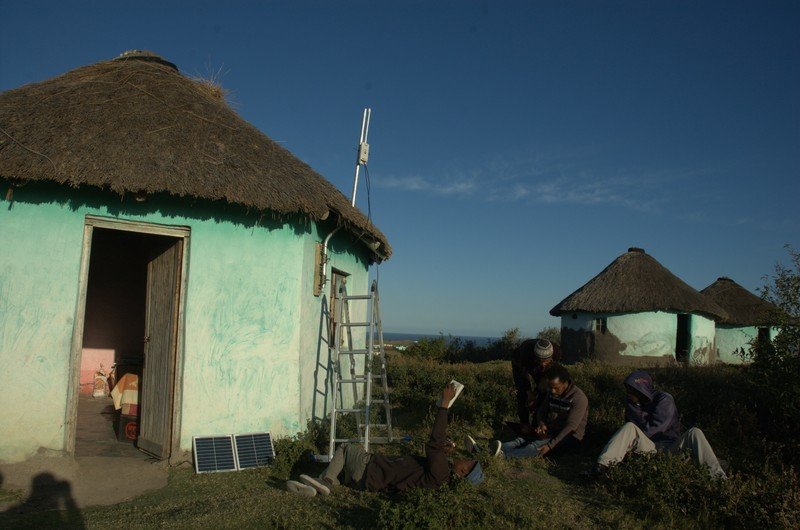
This village has not only got its own Internet connectivity but it has also offered people with low-priced data plans.
- Receive Buffers And Other Tips To Improve Your Internet Connection
- Internet Shutdowns In India By The Government Caused A $2.7 Billion Loss In 2020
- You May Not Know These Things From Before The Internet
In a village that has a population of 6,000 people and is 60 kilometers away from the nearest city, do you think there can be convenience like in the city, such as Wi-Fi?
Probably not, right?
But Mankosi, a remote rural area in the Eastern Cape province of South Africa, has managed to get their own Internet access. How?
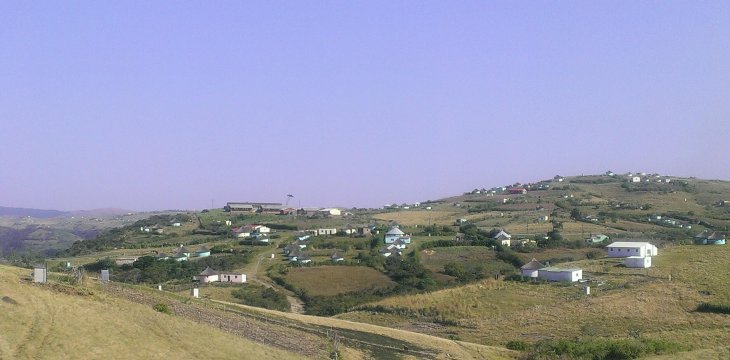
Mankosi, South Africa
Mankosi, like many other villages in Africa, is really poor, where most homes don’t even have electricity. Instead, the people here use battery-operated devices, and they charge them, along with their phones, at the local shebeen for a fee.
Notably, the Internet data here is crazily expensive, which takes up to 22 percent of people’s monthly income, more than what they spend on food, transport, or education.
However, the village came up with a way. A few years ago, they partnered with a Western Cape University research team. The partnership aimed at experimenting a bottom-up village telco model which is cheaper for rural areas and still sustainable. And Mankoski is a good example showing how well the system works.
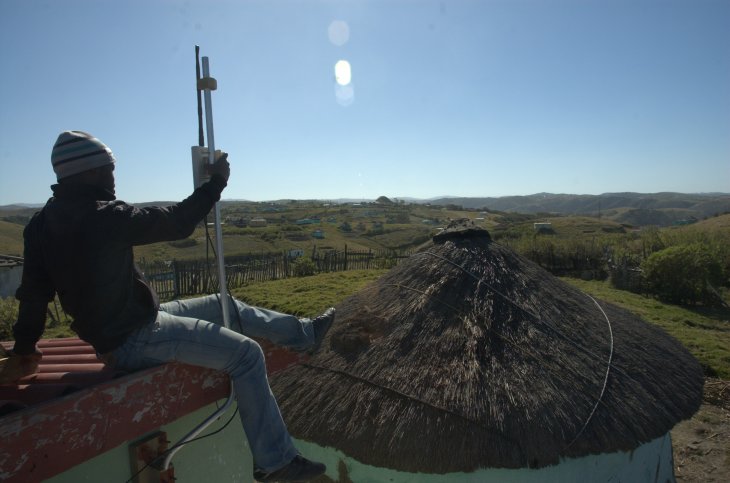
What we’re talking about here is Zenzeleni Network project, which means “do it yourself” in the local language. This is an Internet Service Provider (ISP); however, it’s the first to be run by a local cooperative in the country. Zenzeleni sets up and maintains its own infrastructure for providing connectivity, it also sells voice and data plans.
The fact that Zenzeleni is a not-for-profit firm has made Internet services much cheaper while offering more jobs for local people.
Computer Science Professor Bill Tucker from the University of the Western Cape also worked on this project, who said that the team approached local authorities to help bring connectivity to the village, as well as supported and mentored. According to Tucker, the village will finally run the project on their own.
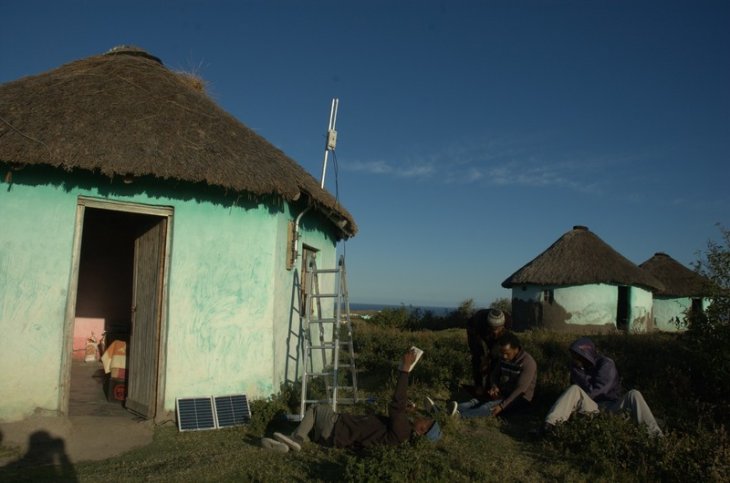
Once received the permission, the team set up a cooperative with 10 respected local figures. Then, they designed a layout and built solar-powered network stations whose solar panels are installed around Mankosi houses. The Wi-Fi stations can cover an area of around 30 square kilometers.
With this network offering, local people can access to the Internet and even use VoIP at lower prices and the country’s average rates. Also, the national ISP licensing body has imposed tax exemption on Zenzeleni so the company can operate the network at low costs which enables cheap services.
There also points of presence (POP), where even owners of a budget phone can get Internet access. In addition, people can charge their phones at the solar-powered stations at a lower price.
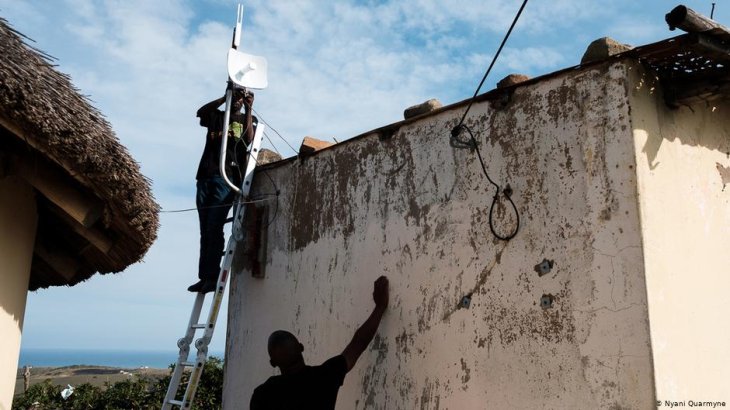
While South Africa’s voice calls cost around Rs 7.10 per minute, Zenzeleni’s services charges only Rs 0.95 per minute. The price for data is also between 20 and 40 times cheaper than normal.
To widen the broadband and since this is a community project, Zenzeleni won’t raise the service price. Therefore, local authorities and community leaders are responsible for how the money paid for the service would be spent, to improve local infrastructure or other benefits for everyone. For example, Tucker said the money could be used to lend residents who want to start small businesses.
But expansion is likely to be the first priority. According to Tucker, Zenzeleni Networks can expand to offer service to another 20 or 30 communities across Mankosi. That means 300,000 people will be able to use the Internet at a lower price, which will also benefit schools, farmers, hospitals, and individuals.
Featured Stories

Features - Jul 01, 2025
What Are The Fastest Passenger Vehicles Ever Created?

Features - Jun 25, 2025
Japan Hydrogen Breakthrough: Scientists Crack the Clean Energy Code with...

ICT News - Jun 25, 2025
AI Intimidation Tactics: CEOs Turn Flawed Technology Into Employee Fear Machine

Review - Jun 25, 2025
Windows 11 Problems: Is Microsoft's "Best" OS Actually Getting Worse?

Features - Jun 22, 2025
Telegram Founder Pavel Durov Plans to Split $14 Billion Fortune Among 106 Children

ICT News - Jun 22, 2025
Neuralink Telepathy Chip Enables Quadriplegic Rob Greiner to Control Games with...

Features - Jun 21, 2025
This Over $100 Bottle Has Nothing But Fresh Air Inside

Features - Jun 18, 2025
Best Mobile VPN Apps for Gaming 2025: Complete Guide

Features - Jun 18, 2025
A Math Formula Tells Us How Long Everything Will Live

Features - Jun 16, 2025
Comments
Sort by Newest | Popular